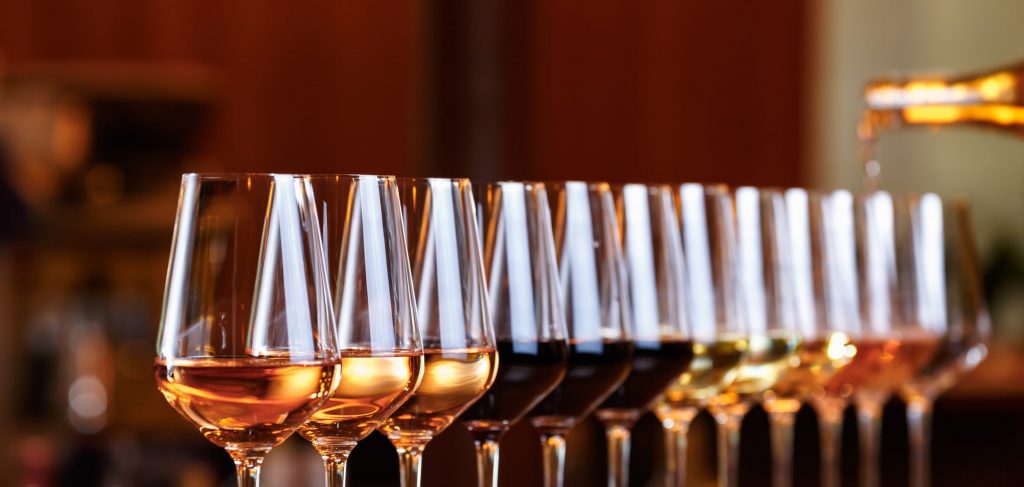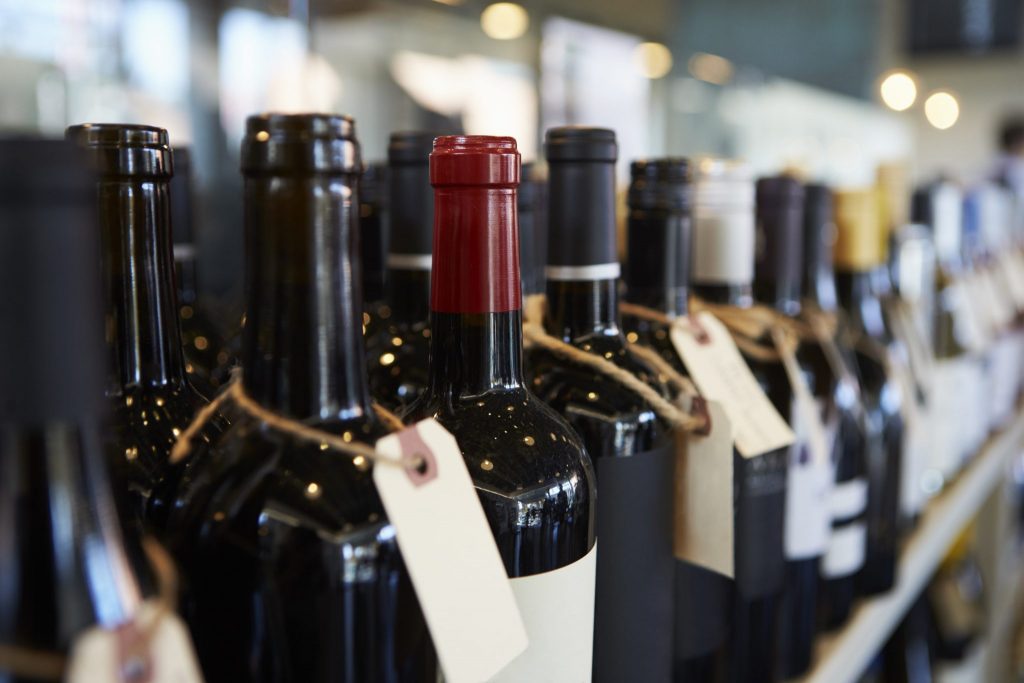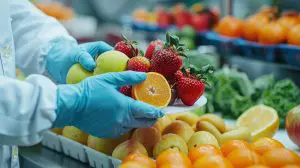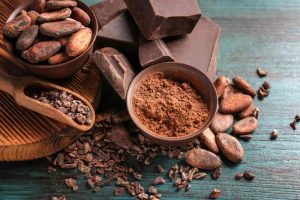Popularised by Malcolm Gladwell, the ideas of consumer research scientist Howard Moskowitz have redefined the consumer goods industry. The work of Moskowitz has found applications in the food industry and more recently in the wine sector. E. & J. Gallo Winery, in 2010, recognised the importance of consumer data and “developed a framework to understand consumer trends within alcohol beverages.” This led to the creation of an internal Consumer and Product Insights Department.
Rebranding wine using sensory profiling data: A case study
In a study published last year, Camilo Peña, Annamma Joy and Karine Lawrence asked Pacific coast wine experts to define the sensory profile of a quality varietal merlot. The wine study revealed that wine judges were seeking a wine that was deemed “flavorful and free of defects” and that combined “balanced fruitiness and oak character with a long finish and smooth tannins (no astringency).” In order to prevent bias, wine professionals rated the wines blind and didn’t review wine labels and bottle specifications. Using data analytics, the researchers gauged the performance of wine experts in scoring wine blind then used experts’ scores to determine the top-rated wines. Study results suggested that some top-rated wines could be rebranded (price, packaging, labels) to be on par with more expensive varietal merlots displaying similar and desirable sensory profiles.
“Like the label? You’ll probably like the wine”
These are the words of Darcen Esau, a wine researcher who studied how identifying with the visual cues on a wine label can influence the perceived taste of wine. Using consumer culture theory and data analytics, he showed that “with increasing experience, wine drinkers create associations between verbal and visual cues on the label.” These cues take the form of designs, color schemes, images or characters. This in turn allows wine drinkers to “form expectations for how the wine should taste.” He says that as consumers, we are identity-seekers, navigating the marketplace looking for symbols we can personally identify with, which impacts not only the appeal, but the actual taste of the wine. In this study, wine tastings showed that wine drinkers were unable to differentiate between two wines using taste alone. When the same two wines were associated with uniquely classified labels and presented to wine drinkers, participants indicated the they liked the taste of the wine associated with the label they identified with best, regardless of what was on the glass.

“Big data for the wine industry”
The wine sector is traditional but wine marketers are now using technology to reach their target customers and market to them. Consumer data can be used to “sell more wine directly to consumers and the places they buy it most often.”
Startups Quini and Enolytics have joined forces to introduce the power of big data analytics and visual storytelling to wine consumers. Recognising that data analysis and the mining of consumer insights are still an emerging concept for the wine industry, they create awareness by organising and attending conferences coat to coast.
For its part, Sirocco Food + Wine Consulting is co-hosting a wine sensory symposium in British Columbia, Canada at the end of April. Using the data analytics platform Sensiel, our team will collect sensory data and consumer feedback through blind tastings, discussions and questionnaires. This data will help tell a story and provide crucial and important information in predicting local wine trends.
Looking for a tool to allow your business to track and analyze wine sensory data analytics? Drop us a line to discuss subscribing to Tastelweb© sensory software.





